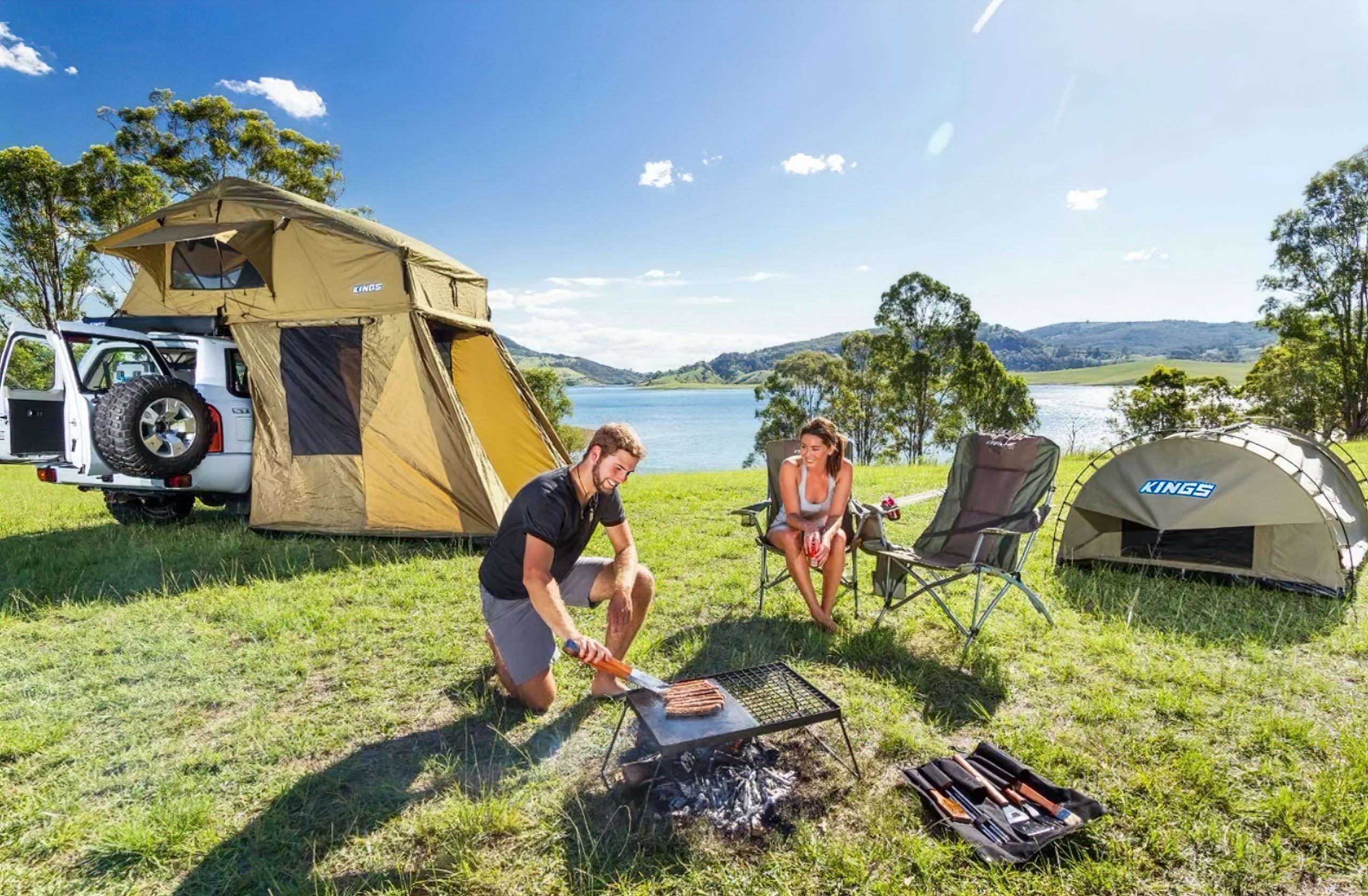Don't camp in these places!
Release Time:
Nov 12,2021
The unsupervised campsites on the Internet and the online red punch-in points look very romantic, so people are very enthusiastic and yearning for such places. On a hot summer day, think about what else in the world can be more pleasant than playing mahjong around a stream. But not every one of these places is suitable for camping, and many places still have serious safety hazards. It is safest to camp and relax in a professional camp. But in reality, there are too few professional camping sites, and camping is also a forced choice.
The unsupervised campsites on the Internet and the online red punch-in points look very romantic, so people are very enthusiastic and yearning for such places. On a hot summer day, think about what else in the world can be more pleasant than playing mahjong around a stream. But not every one of these places is suitable for camping, and many places still have serious safety hazards. It is safest to camp and relax in a professional camp. But in reality, there are too few professional camping sites, and camping is also a forced choice.
As individuals, we need to know more about safety knowledge to protect ourselves and avoid causing no trouble to the local area. We need to seriously understand where it is dangerous not to camp.
1. gullies, valleys or low-lying areas
Streams and valleys are the worst and most dangerous places to camp. Mountain torrents have catastrophic characteristics such as sudden, large water volume, fast water flow rate, strong scouring ability, and mixed sediment, stones and branches in the flow. Mountain torrents occur in the rainy season, mainly in mountainous and hilly areas. A light rain can quickly form mountain torrents in a short time, so it is difficult for humans to warn of mountain torrents.
In addition to torrential rains, mountain torrents can also be caused by melting snow and ice and reservoir dam failures. Therefore, it is necessary to observe the texture of the camping ground. If water scouring is found, evacuate as soon as possible.
2. areas close to rivers and streams
On weekdays, calm rivers and streams, once the wind and rain, the current will rise rapidly and become turbulent rivers. If you set up a tent nearby, you will be lucky to find yourself surrounded by river water, and if you are lucky, you will be washed away by the current.
3. under dead trees, coconuts and pines
Camping must pay attention to the top of the head, branches, pine cones, coconuts, honeycomb and so on are in danger of falling. Especially when there are strong winds, be sure to avoid camping in these places. Among them, the dead branches are the most dangerous. Their fall is only a matter of time, a time bomb.
Also avoid being under a lone tree, which is taller than the surrounding objects and is vulnerable to lightning strikes.
In addition to the risk factors, there may be a lot of bird droppings under the trees, which are difficult to clean up when they fall on the tent.
4. cliffs and loose rocks nearby
It's dark at night, in case your foot slips into the cliff. Every year, a number of mountaineering accidents are caused by falls and injuries. Also avoid the risk of falling and rolling near loose rocks.
5. Peak Region
Peak areas are also vulnerable to lightning strikes. If there really is no other safer place to choose, be sure to check the weather forecast. Evacuate quickly to a safe area in case of thunderstorm.
6. too soft ground
The ground is too soft to hold the tent, and a gust of wind may make your tent fly in the air.








